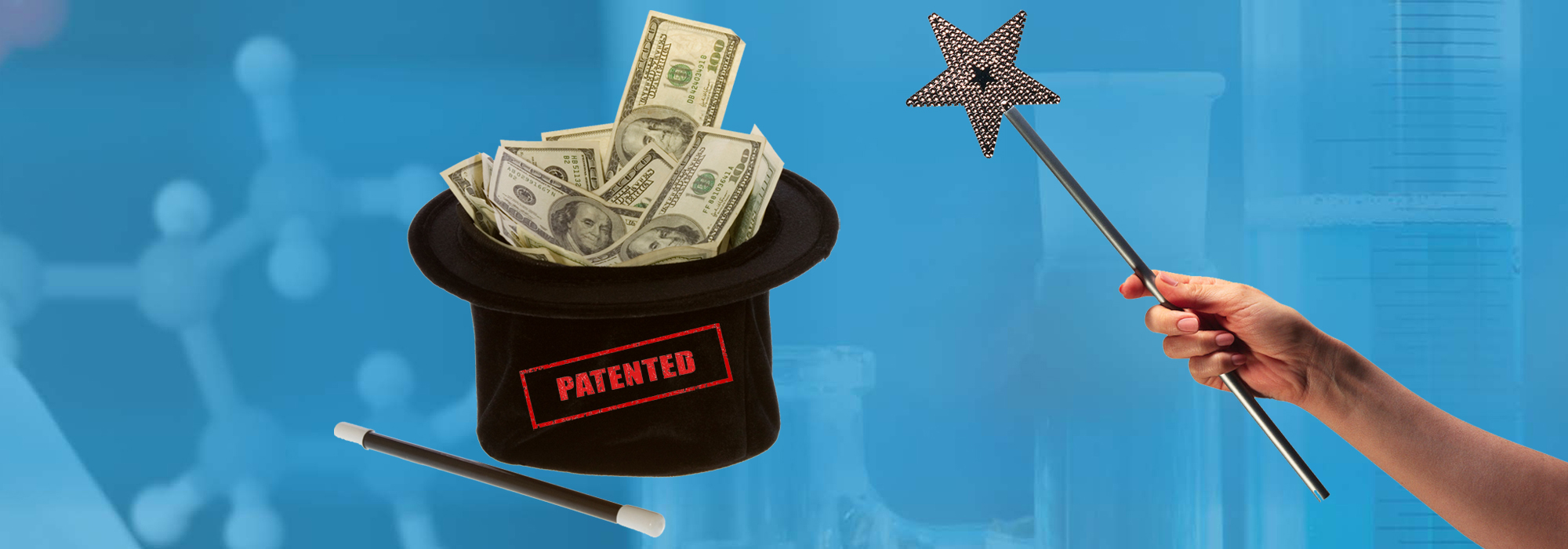
The Real Magic Of IP
Transformation from millions to billions (1996)
One of my first assignment as consultant after leaving my job was a project from a biopharmaceutical company on the west coast. The company had licensed a highly unsaturated Tocotrienol compound that is also found in nature in very low concentrations. The scientist from one of the Midwestern universities had been working on identification, isolation, purification and synthetic preparation of this compound for over a decade and held several patents. The scientist and the licensee company were developing it as a dietary supplement for its cholesterol lowering properties. They dare not think of developing it as a prescription drug for cholesterol lowering because EVEN at that time there were over half a dozen approved drugs for that indication, and there was no space for a small company like this one. So they hired our services to evaluate the technology and recommend a strategy that would maximize the value of their IP.
The market value of a dietary supplement product is miniscule as compared to a prescription drug. We knew the moment we are able position this compound in the prescription drug market its value increases by leaps and bounds. But little did our clients realize that our insight would provide them a quantum leap in the value of their technology that they could hardly imagine.
It wasn’t just that the clients were excited seeing the value of their IP skyrocket; I for one got the first taste of the real magic of IP that I could hardly fathom during my employment days.
A review of the in vitro and in vivo animal studies and some human data made us realize that in addition to its very potent cholesterol lowering properties, the compound had additional properties that the statins of the time were lacking. It was potent TNF-alpha inhibitor, with anti-platelet, anti-inflammatory properties and had a profound effect on triglycerides which the statins at that time lacked.
After an extensive research into the technology and the prevailing market, we formulated a clinical development strategy that identified the following 3 clinical indications for the compound:
- Diabetic Dyslipidemia: There is no drug approved specifically for Diabetic Dyslipidemia. This is the same as hypercholesterolemia, except that the levels of triglycerides are predominantly higher than seen in any non-diabetic hypercholesterolemia patient. The clinicians would use one of the approved cholesterol lowering drugs also these drugs did not have significant effect on triglycerides. Cholesterol lowering at the time was a $6 billion industry. 20% of all the patients on cholesterol lowering drugs were diabetic. That meant if FDA approved this compound for Diabetic Dyslipidemia, $1.2 billion market would be stolen right under the nose of the Pfizers and Bayers of the industry. Our clients were very excited. They didn’t see in a decade what we saw in 3 months.
- Post-Angioplasty Restenosis Prevention: We didn’t stop at Diabetic Dyslipidemia. A major complication of angioplasty remains post-procedure restenosis. There was no drug approved for this problem and fair projection of the market was at least $400 million.
- Myocardial Reperfusion Injury Prevention: Any procedure on heart that requires discontinuation of blood flow to the myocardium and then reperfusion runs a risk of injury to the myocardium as a result of sudden reperfusion. The market value of this indication was again estimated around $400 million.
It wasn’t just that the clients were excited seeing the value of their IP skyrocket; I for one got the first taste of the real magic of IP that I could hardly fathom during my employment days.